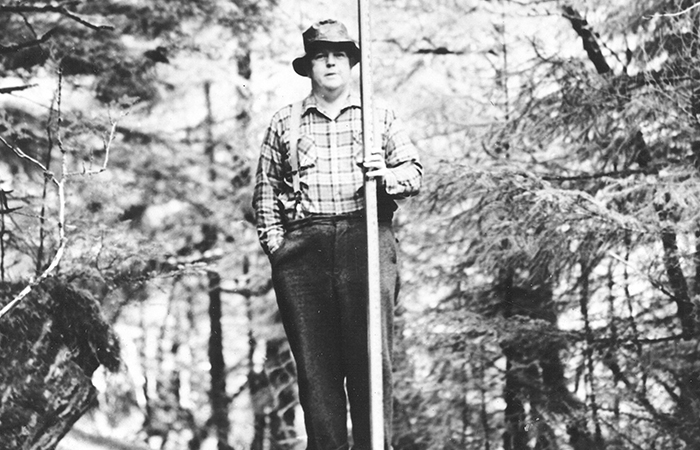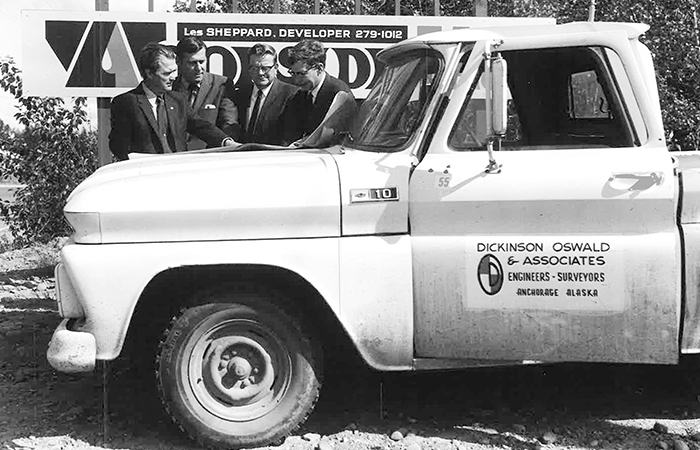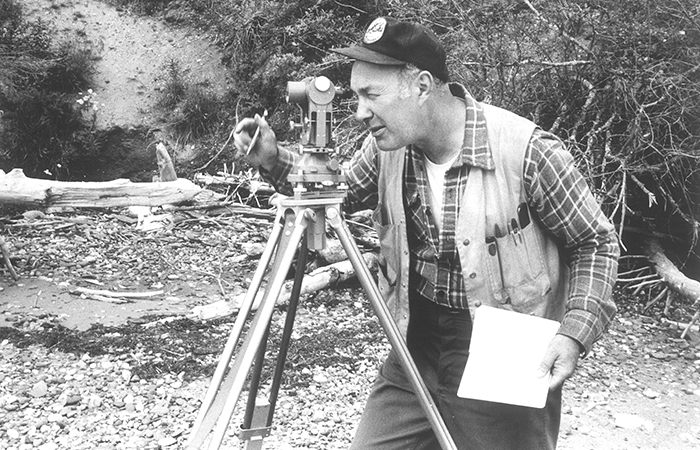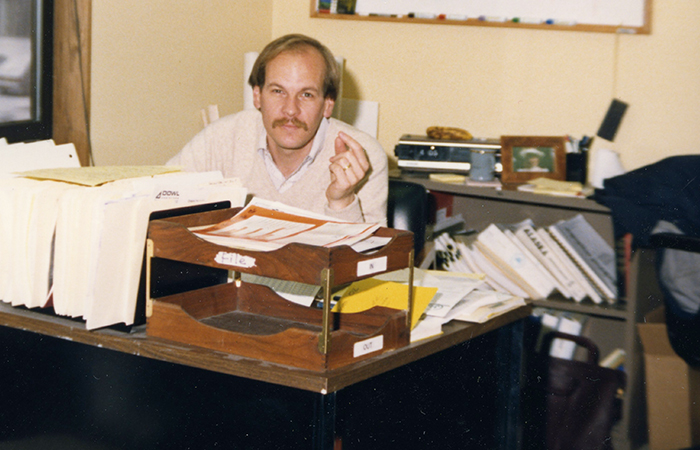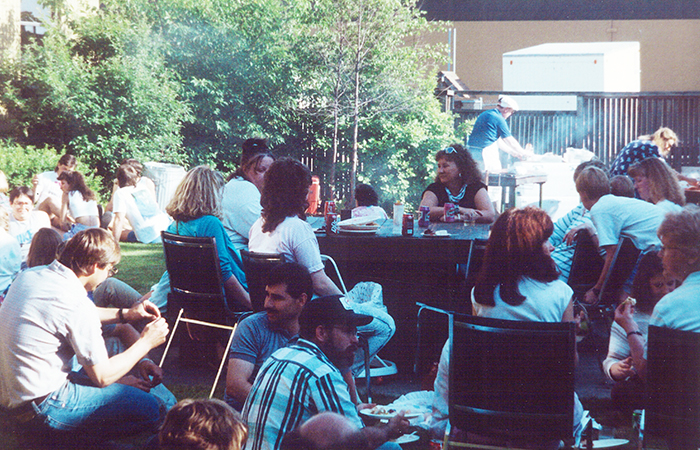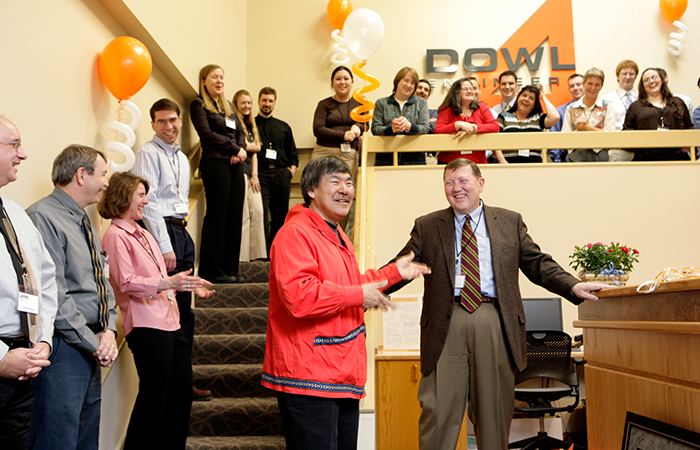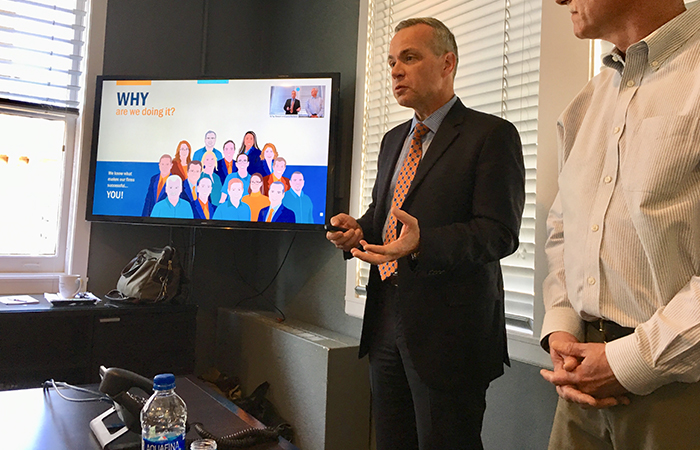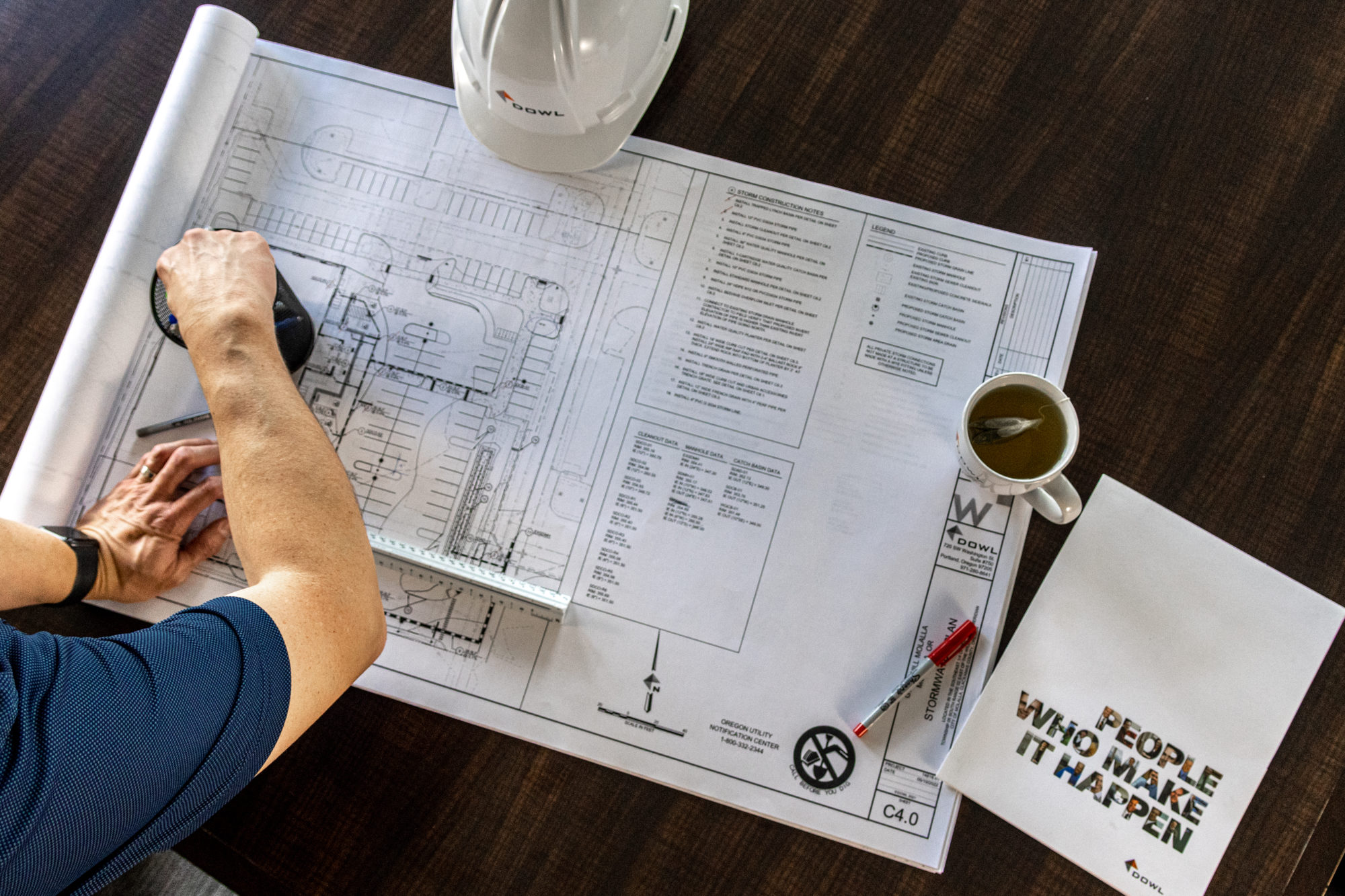
Capabilities
Thanks to the quality and drive of our people, DOWL is one of the West’s leading planning, surveying, civil/transportation, bridge, construction support, and environmental services firms.
Our Commitment
Quality: Following a rigorous audit of the company’s Quality Management System (QMS) by outside consultant British Standards Institute, we are now ISO 9001 certified.
Being ISO 9001 certified means it’s not just us telling you we have a straightforward and codified quality system; we have an outside stamp of approval. We know that long after the project is over, the quality of our product is all that’s left.
Safety: Safety requires diligent attention and feeding. At DOWL, our Risk and Safety Officer works with a group of professionals from every corner of the organization to update our safety program and disseminate safety messages, train staff on safe practices, and check our real-world safety implementation. We are so serious about safety that we don’t mind telling you we’d rather miss your important deadline than risk the safety of our employees.
Diversity: Diversity, equity, and inclusion are responsibilities that we take very seriously, and we delight in celebrating the differences and similarities among us that make us diverse. It’s written in our company charter, but it’s also embodied by our passionate employees who help to positively shape our world. DOWL is dedicated to hiring and supporting a diverse workforce and supporting local organizations that push our society toward racial and social justice.
Sustainability: As a company with West Coast roots, we’re surrounded by nature and it influences our firm culture by attracting individuals who love, respect, and embrace outdoor activities. Because of this, we’re also dedicated to being a sustainable company with a focus on preserving and protecting our natural environment. This means considering our own office practices to be more thoughtful of preserving and protecting our world. As for our projects, we work closely with clients to incorporate green, sustainable, and multi-modal elements into design whenever possible – meeting or exceeding local, state, and federal regulations on every project.
